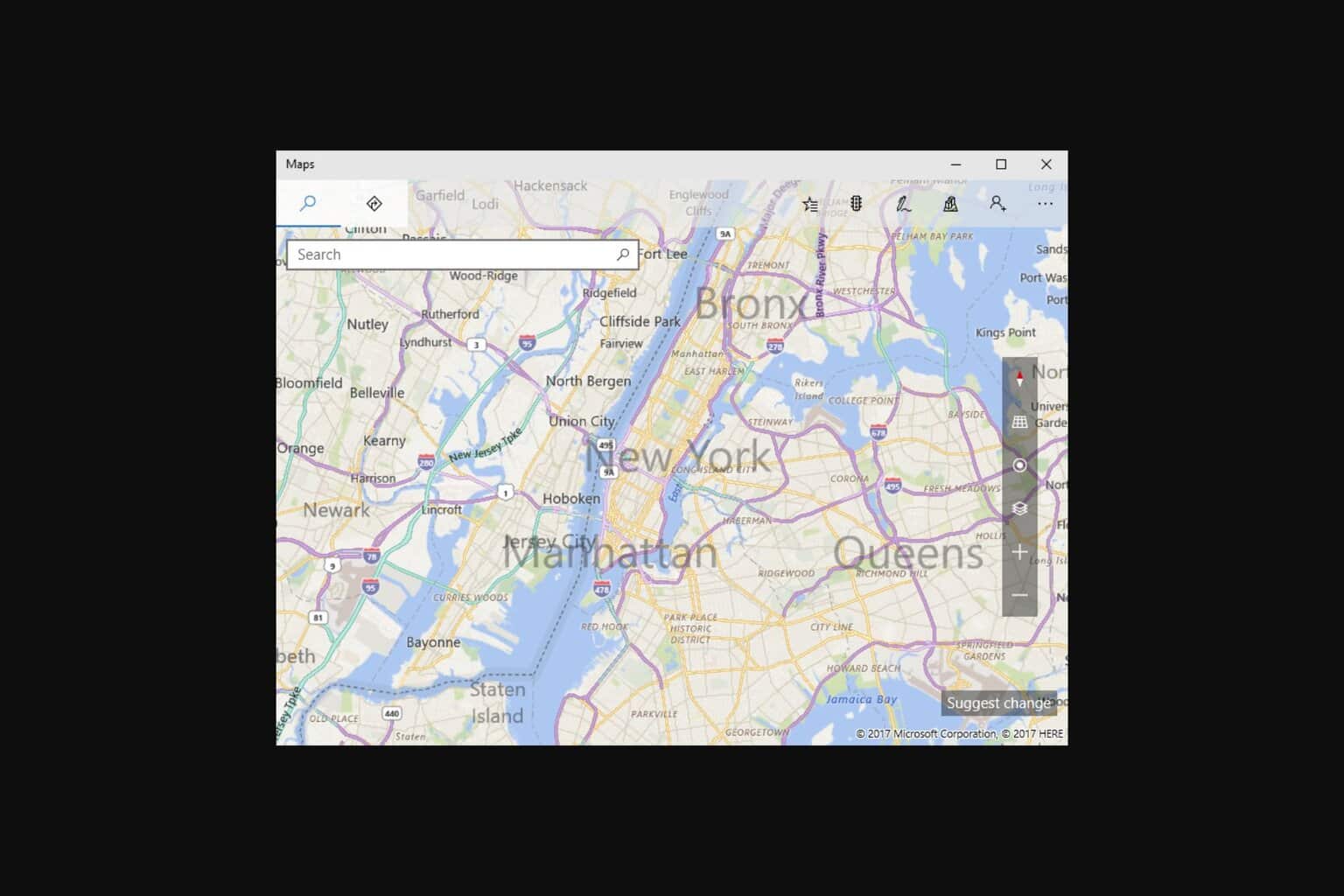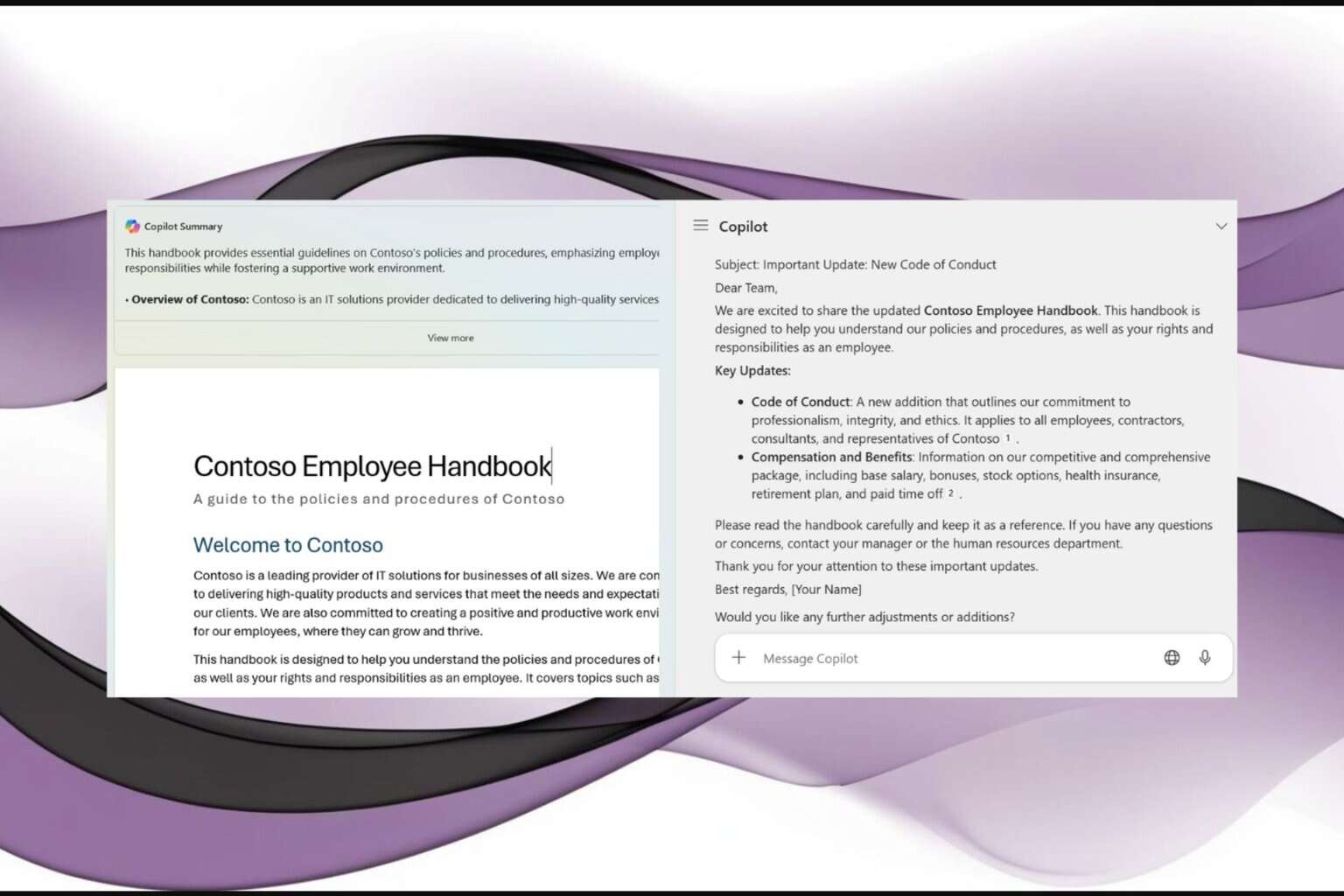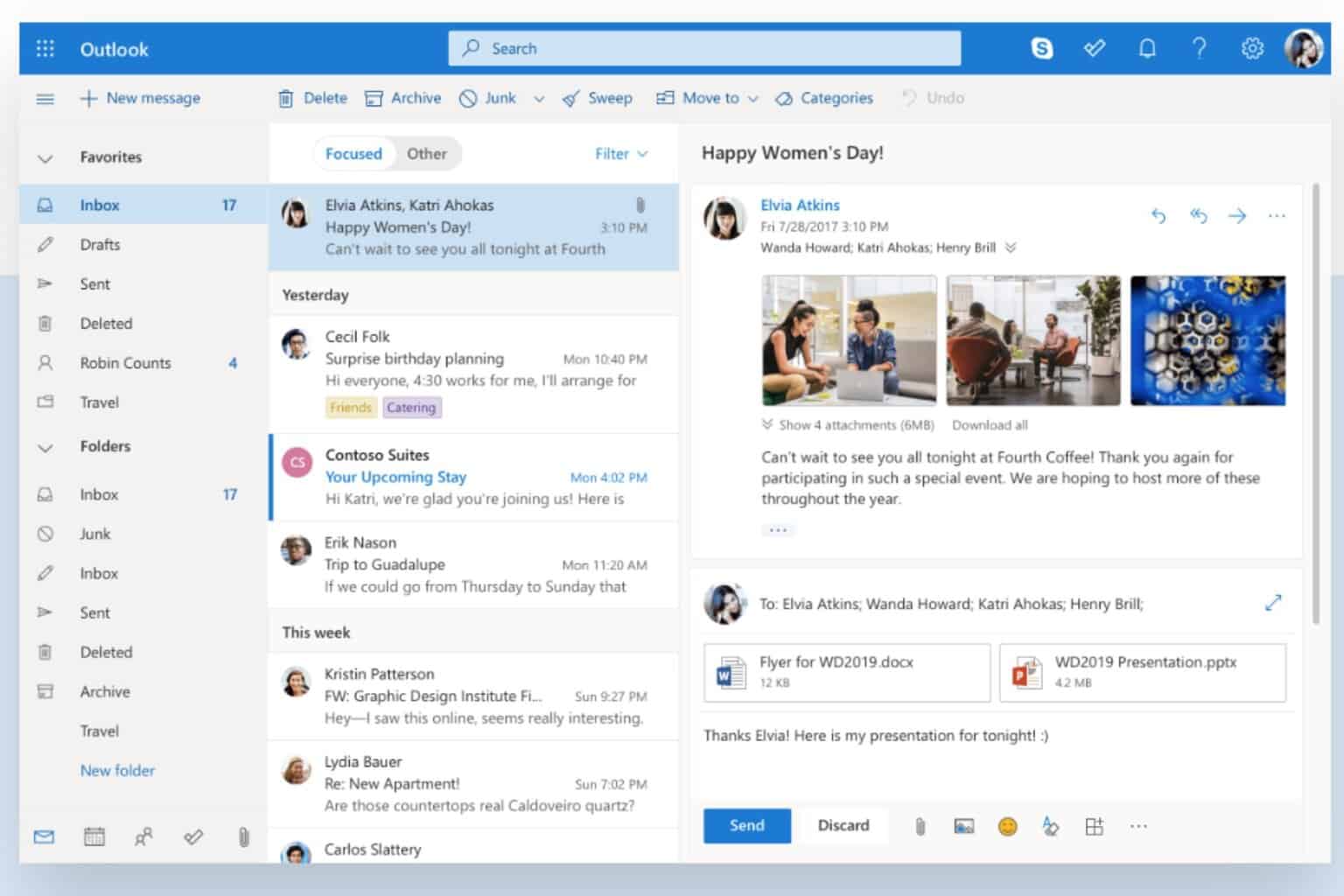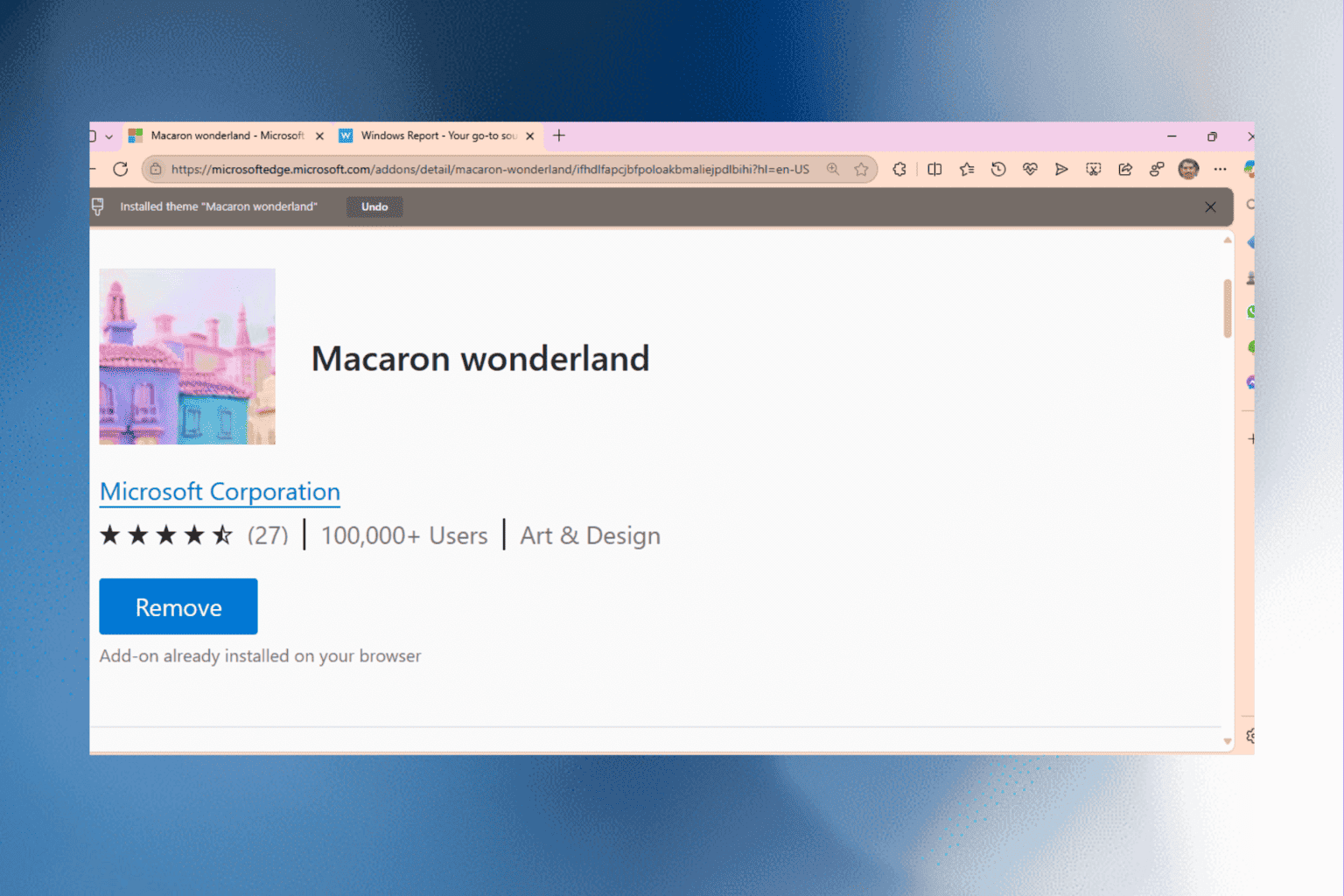Why doesn't Microsoft include the old Media Player visualizations into the new one?
3 min. read
Published on
Read our disclosure page to find out how can you help Windows Report sustain the editorial team. Read more
Key notes
- If you have seen the new media player in Windows 11, it is more minimalistic with several customizations.
- Visuals were originally designed for larger screens but Microsft has since made changes to accommodate smaller screens.
- Windows Media Player visualizations have been around for years and they are part of the software.
- There is a slight chance that Microsoft might do something about its latest WMP.

The visualizations that shipped with Windows Media Player 9 and earlier versions were developed by a company called SoundSpectrum.
When WMP version 10 shipped, the company had been acquired by Apple. (SoundSpectrum’s music visualization software is now used in iTunes.)
Microsoft’s developers have to agree on whether or not the visualizations are worth the money to license them. Obviously, they thought it was time for something new when WMP 10 shipped.
A new design
The new media player is more minimalistic in design, with a few customizations like changing the skin of the player or adding visualizations.
This is because Microsoft has decided to rework the media player and make it better for users that want to listen to music but not always view the visuals.
The visuals were originally designed for people who owned large screen TVs but now that most people own smaller TV screens or monitor screens, Microsoft has decided to minimize them from the new software.
What is really happening?
Many of the visualizations you see in Windows Media Player are implemented as audio plug-ins, which are also called DSPs (digital signal processors).
Plug-ins are shared pieces of code that applications can use to carry out specialized functions. In the case of WMP, the visualizations use plug-ins to generate various patterns based on the streamed audio.
The plug-in architecture was designed by Microsoft and is used in all versions of WMP and other Microsoft applications, such as Media Center Edition (MCE), but it’s not proprietary.
In fact, several third-party visualization makers have written their own DSPs for WMP. The plug-ins give developers a lot of flexibility in terms of what they can do with their creations.
They can, for example, create a program that requires an additional piece of hardware or a unique graphics card.
However, by distributing their programs as plug-ins, they can ensure that they’ll work with any application that supports them — in this case, any version of WMP (although there may be some minor compatibility issues between different versions).
If you need help with getting visuals, there are several solutions you can try.
There’s a 50/50 chance that Microsoft will change things up
The visualizations in Windows Media Player have been around for years and years. They’re part of the software, so there’s no reason why they should be outside of a new version.
Some of them are actually pretty cool, and they can be run on a variety of devices. But the fact is that they’re outdated and haven’t changed with the times.
Even though Microsoft has been updating the visualizations in its music player for decades, it just seems like something that isn’t worth doing anymore.
That’s not to say that Microsoft isn’t trying to make them better. It’s possible that the company could include new visualizations in future versions of Windows Media Player, but we wouldn’t hold our breath.
For now, you’ll have to live with what you’ve got!
What do you think about the latest Windows Media Player? Will you be upgrading given the complaints stated by users? Let us know in the comment section.








User forum
1 messages